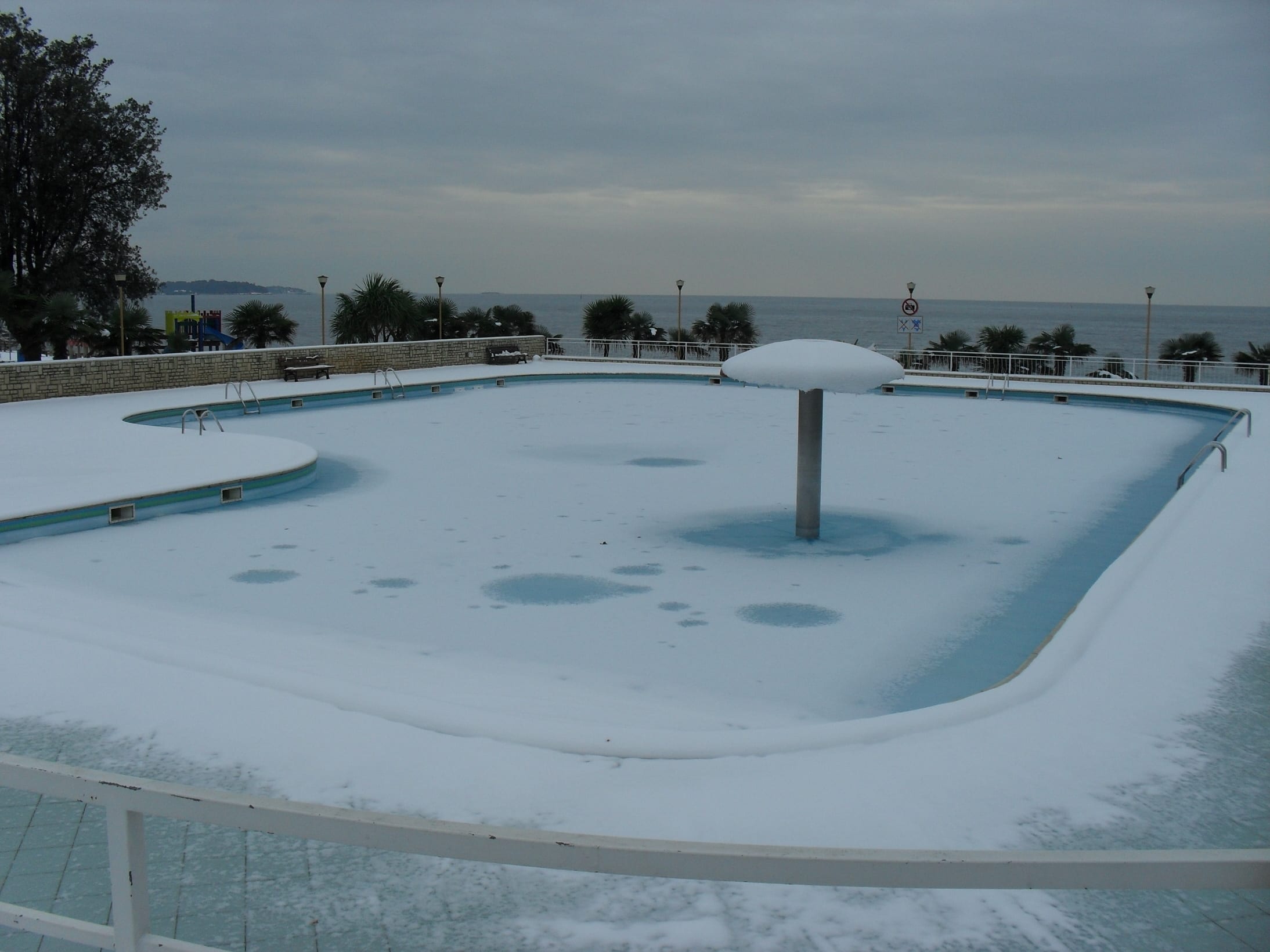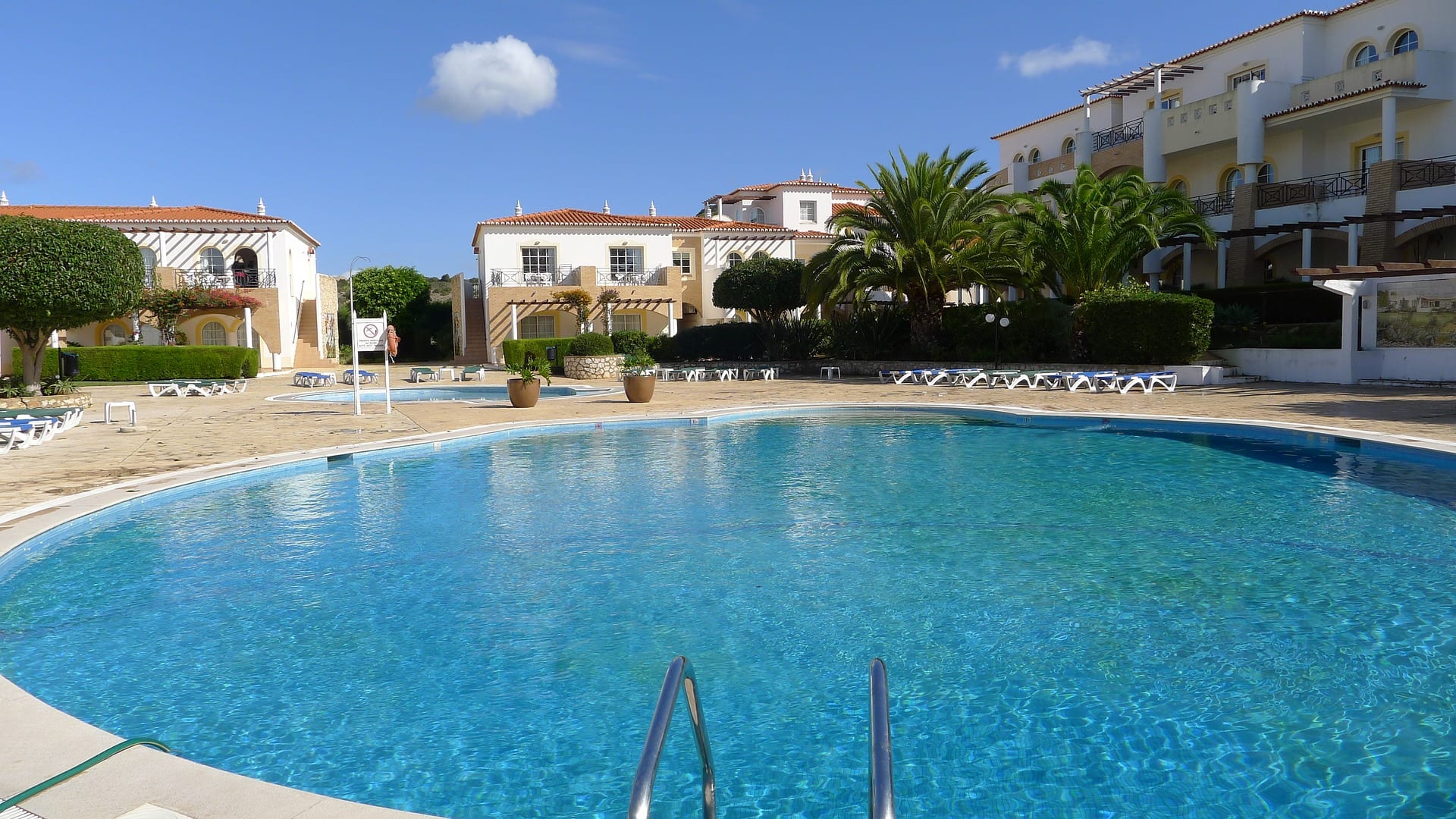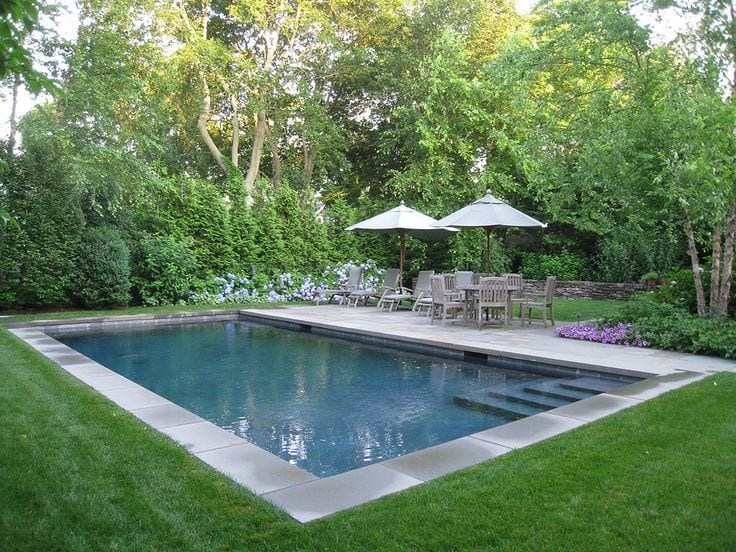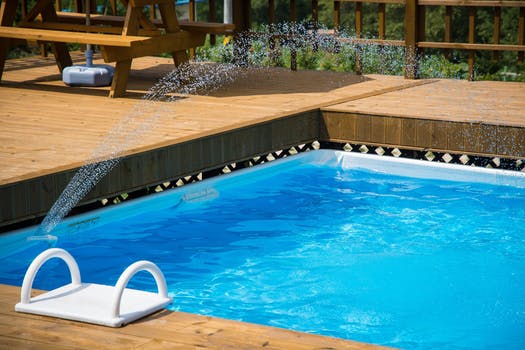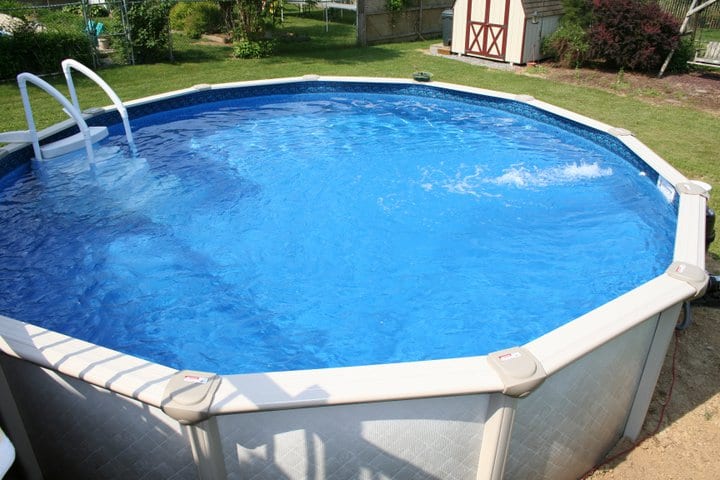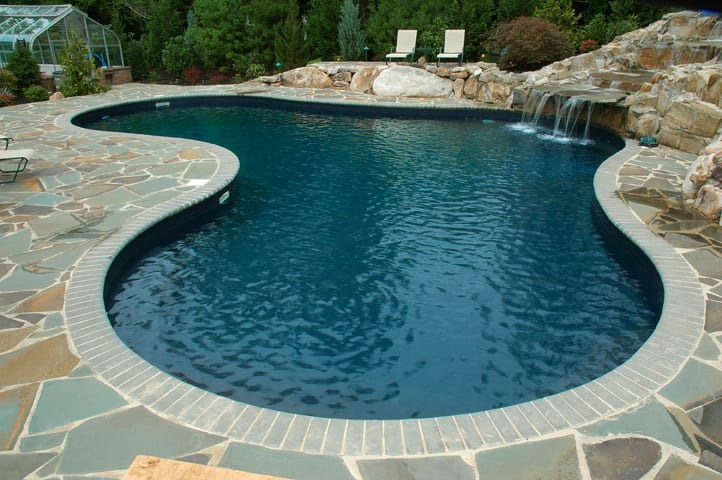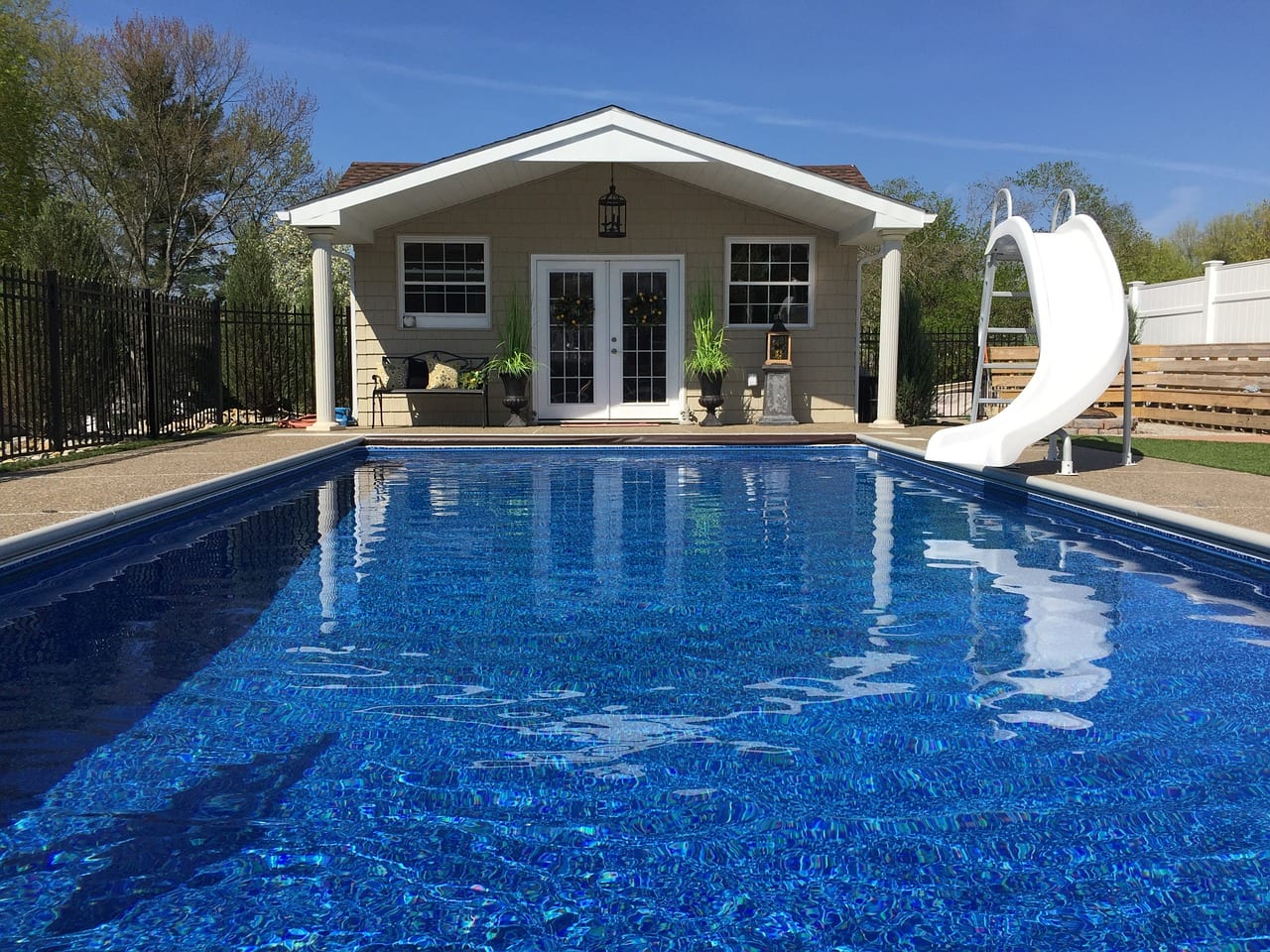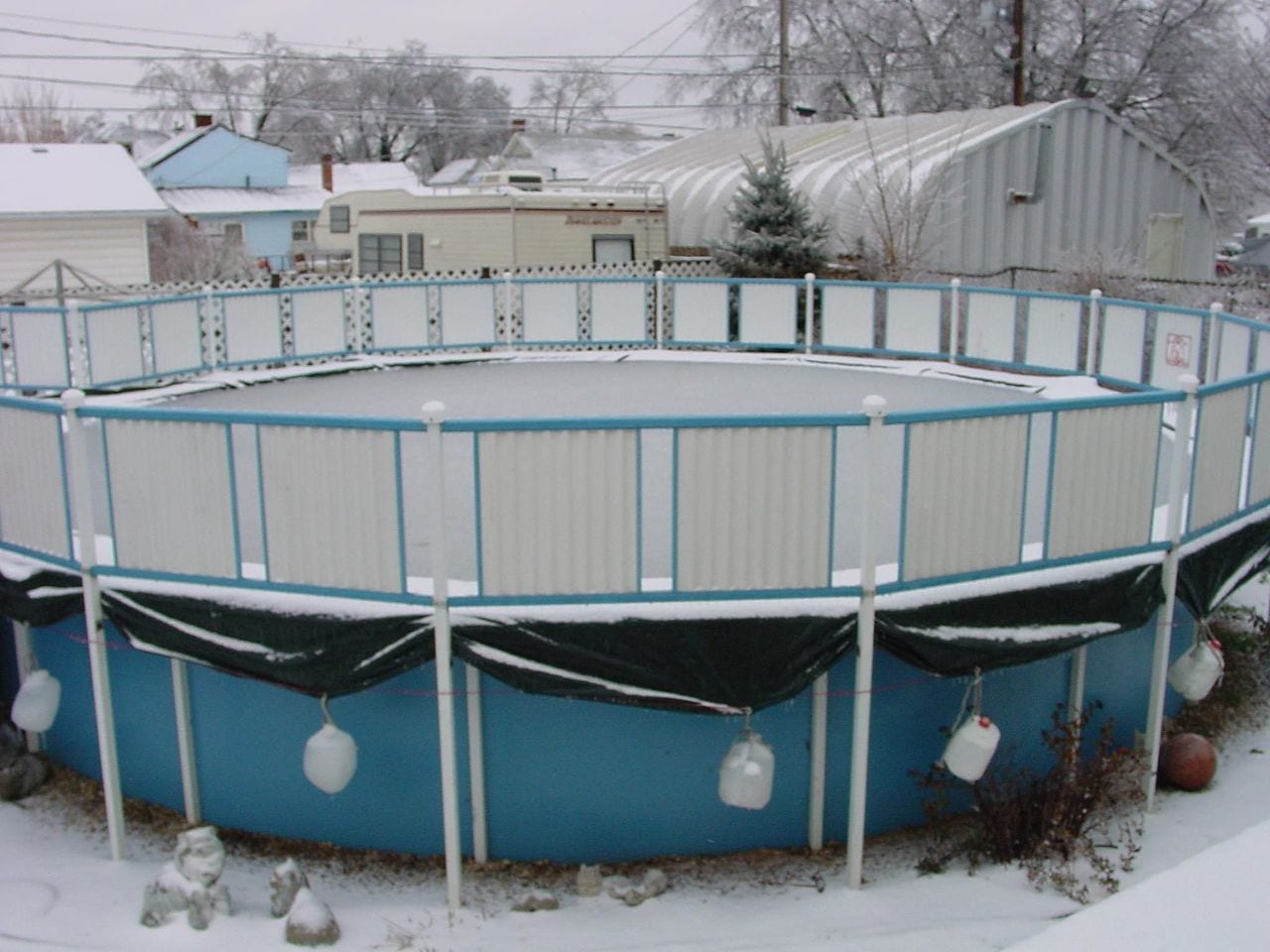In-Ground Pools
With summer gone, it’s time for in-ground pool owners to close down their pools. Winter brings frigid temperatures and the resulting ice can cause thousands of dollars of damage to pools that aren’t prepared correctly. That makes properly closing down your pool an essential part of pool maintenance. We’d like to recommend these key steps to prepare your pool for fall weather and beyond.
In-Ground Pools
The first task in prepping your pool for its winter nap is to make sure the water chemistry is correctly balanced to last through the winter without corroding or forming scale on the sides of your pool. This will also keep the thousands of gallons you have in your pool clean and ready to use next summer.
Next, cycle the water through the pump and filter for a few days until chlorine levels to return to normal. Then add winter algaecide.
On closing day, clean the pool one last time. Be sure to use a brush on the walls and the bottom to clear any leftover algae or silt. Drain water from the pump, filtering, and heating systems.
It’s a general practice to drain the pool below the mouth of the skimmer inlet. The idea is to keep water out of the filter and pumping system. While this sounds convenient, freezing may be an issue if you have tile at the water line.
Looking for help closing your pool this year? Contact the experts here!


